August 6, 2015
Normal
0
false
false
false
EN-US
JA
X-NONE
/* Style Definitions */
table.MsoNormalTable
{mso-style-name:”Table Normal”;
mso-tstyle-rowband-size:0;
mso-tstyle-colband-size:0;
mso-style-noshow:yes;
mso-style-priority:99;
mso-style-parent:””;
mso-padding-alt:0in 5.4pt 0in 5.4pt;
mso-para-margin:0in;
mso-para-margin-bottom:.0001pt;
mso-pagination:widow-orphan;
font-size:12.0pt;
font-family:Cambria;
mso-ascii-font-family:Cambria;
mso-ascii-theme-font:minor-latin;
mso-hansi-font-family:Cambria;
mso-hansi-theme-font:minor-latin;}
“Invest in glass over a camera body”, they say.
Yes, there is SO much truth to that! There really is. And we did just that. We invested in about $4,500 worth of lenses BEFORE we bought our first full frame camera. This meant, yes, we were using our Nikon D3100 crop sensor camera for the first 10 months of photography. We purchased 2 of our most expensive lenses, the 70-200 and 24-70, before our switch to full frame and rocked these lenses with our crop sensor before we did that. In hindsight, we feel like we would have invested in a full frame camera earlier, seeing how much better the full frame camera handled low light situations.
Our Second Recommendation: A Full Frame Camera

That is why we want to recommend you saving and investing in a full frame camera next. In our first post, we shared why we felt the 50mm 1.8 was the best first investment for your photography business, and in this post, we will share the importance and benefit of using a full frame camera.
This second investment is quite a jump financially from our first piece of gear. In saying that, we highly recommend you working hard, making a plan and paying for your camera in cash. We’re going to be recommending some pretty daunting and pricey gear for your business, but the process of purchasing all of your equipment is more of a marathon, not a sprint. The tortoise beats the hare in this case. It took us a little over a year and a half to purchase the gear we have now, and thankfully, we don’t see ourselves needing to upgrade anytime soon.
Make a Plan
Find your inspiration. You CAN do this. With your nifty fifty in hand, practice, practice, practice. The images will only improve with experience. A full frame camera and expensive lens can’t makeup for lack of experience or knowledge. There’s no shame at all in shooting with an inexpensive crop-sensor camera and nifty fifty in order to refine your eye, gain confidence and experience. Go and do! You’ve got this.
Who can you ask to take pictures of that you think would be comfortable in front of the camera?
How can you maximize the time you have in a pretty location? Schedule mini sessions back-to-back.
If you have a kiddo, you’ve got the best model!

Renting
One thing I did and found success in was renting a 70-200mm 2.8 lens off of borrowlenses.com and offering $25 mini sessions for 15 minutes on a Sunday. We rented this lens for a wedding and had to send it back by Monday. I was able to get a lot of use out of this lens, pay off the rental fee, gain experience with the lens and put some money aside.
Can you do this? This is an excellent way to save money for a full frame camera. Be aggressive and offer these incentives on Facebook or Instagram. And best of luck to you and your growing envelope! It was always so fun to open our envelope and pay for our next piece of gear, knowing we’d begin the savings for what was next in line.
The Difference
The difference we love between a crop-sensor and full frame, aside from all its technicalities is the full frame’s ability to shoot in low light. This is the main difference that we adore about the full frame. That and like I mentioned in the first post, it will not crop your images. What you see in your viewfinder is what you are capturing. Plus, I no longer have to cringe shooting at an ISO higher than 400. On my D3100, if I shot above ISO 400, my images would have so much “noise” and look grainy. With my full frame, I don’t hesitate to shoot at ISO 1600 or even ISO 3200, knowing my camera can easily produce sharp images with minimal noise. If need be, I can make a minor adjustment in Lightroom to compensate for slight grain if I’m shooting in a dark church at ISO 5,000. Yikes, that’s high! But like I said, I trust my full frame to perform well in any light. Aside from these, it’s much more of a professional grade camera, but these are two of the main reasons I love my full frame.
I may have had 10 months experience learning on a crop-sensor, but I truly noticed a HUGE difference in my images after I got my full frame camera. I noticed that I gained confidence because of this difference, and I realized how beneficial these babies are.
So to you, we recommend first investing in your 50mm 1.8 and secondly a full frame camera. How close are you to making this purchase or do you already have both?
Our next post will be on a very versatile lens of ours that we’ve grown to love more and more. Any guesses!? Stay tuned! 🙂
Happy Thursday!

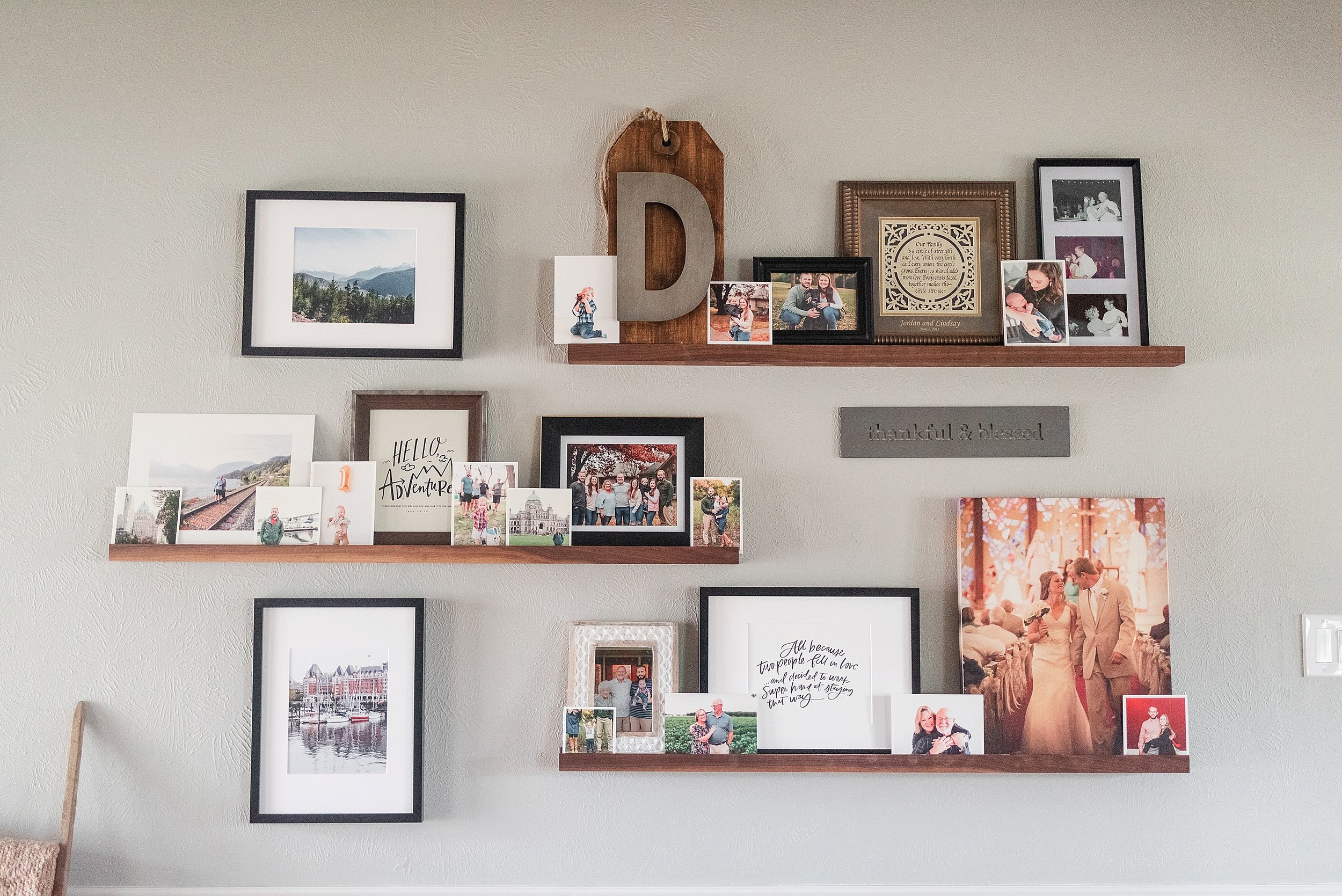
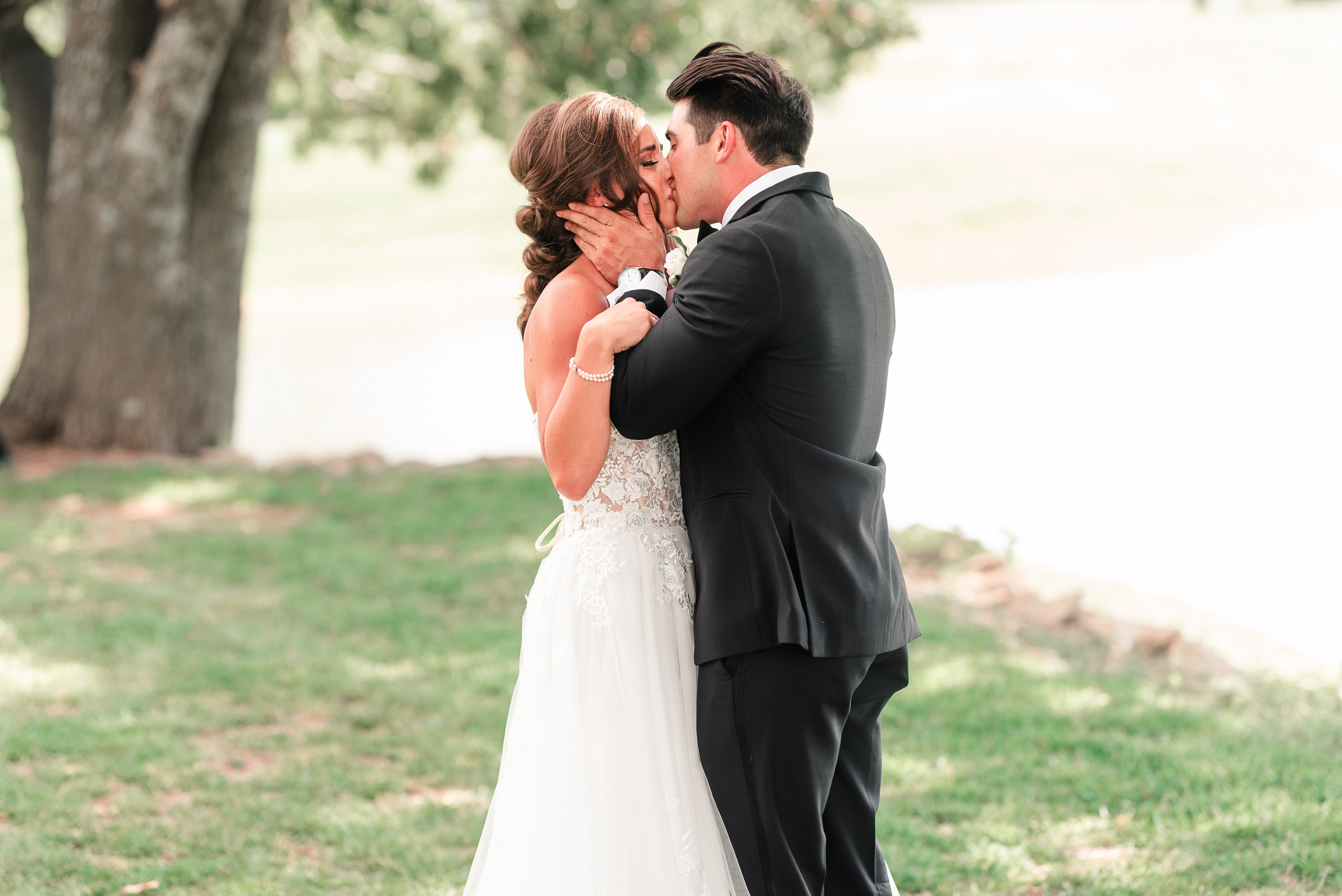
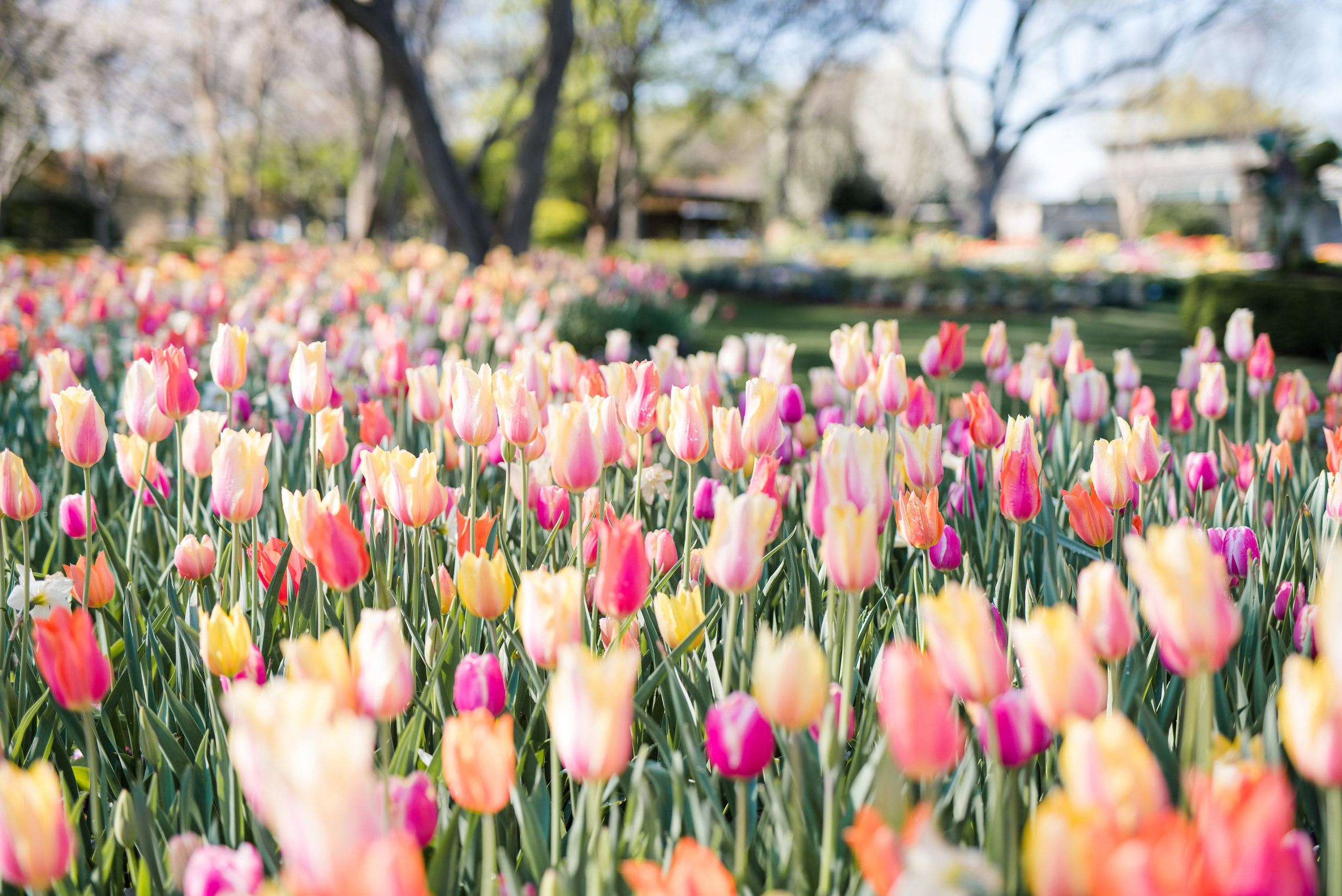
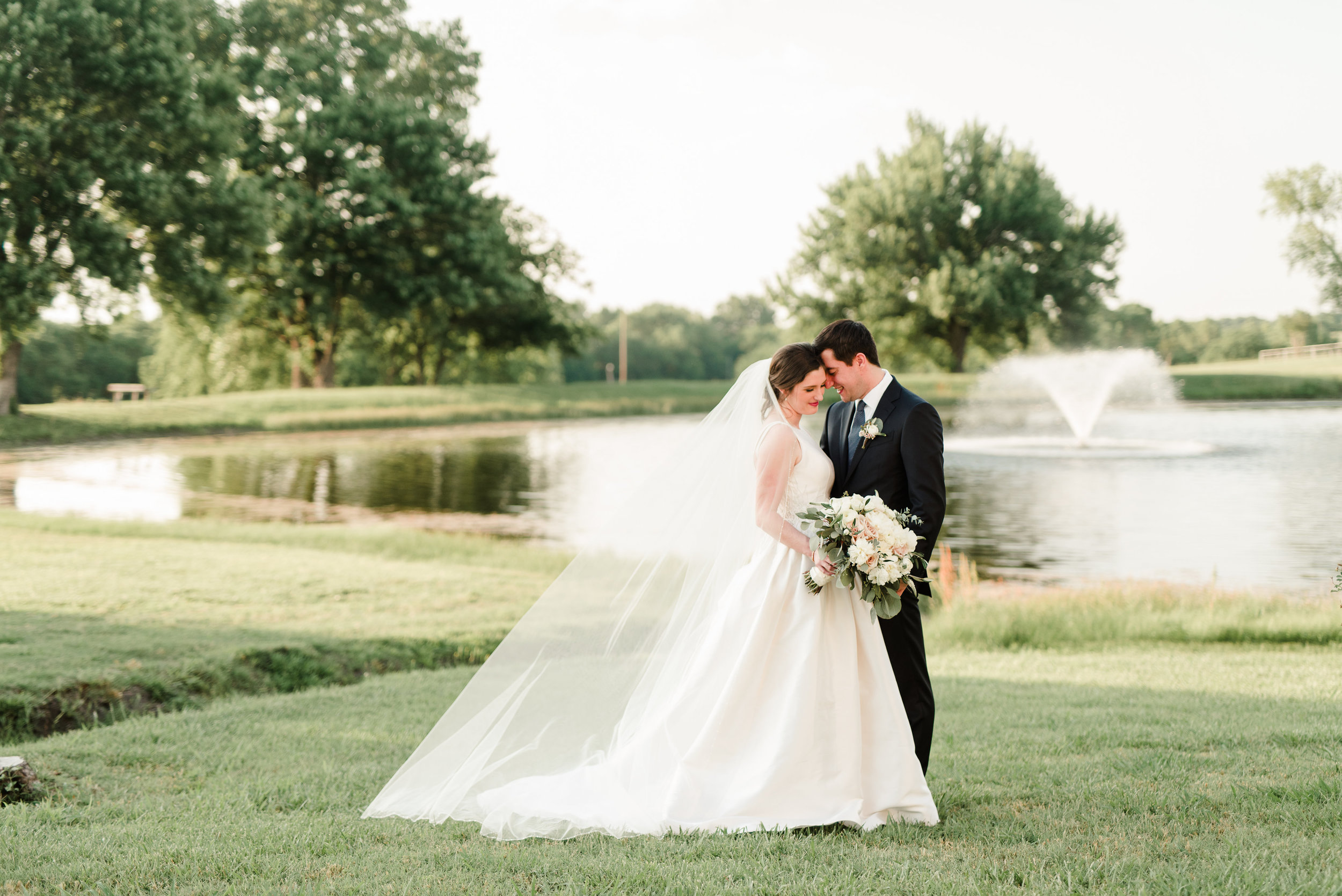
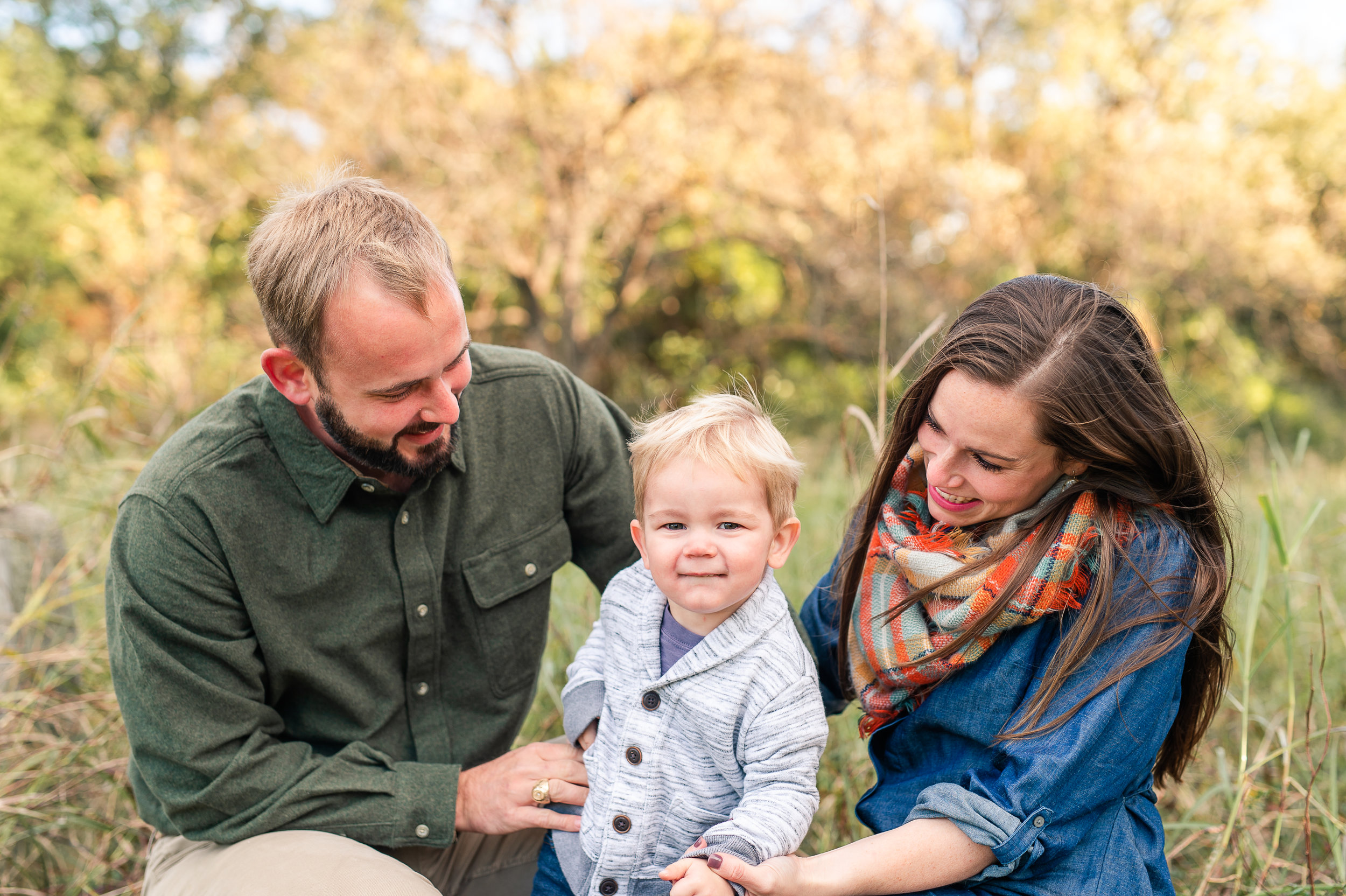
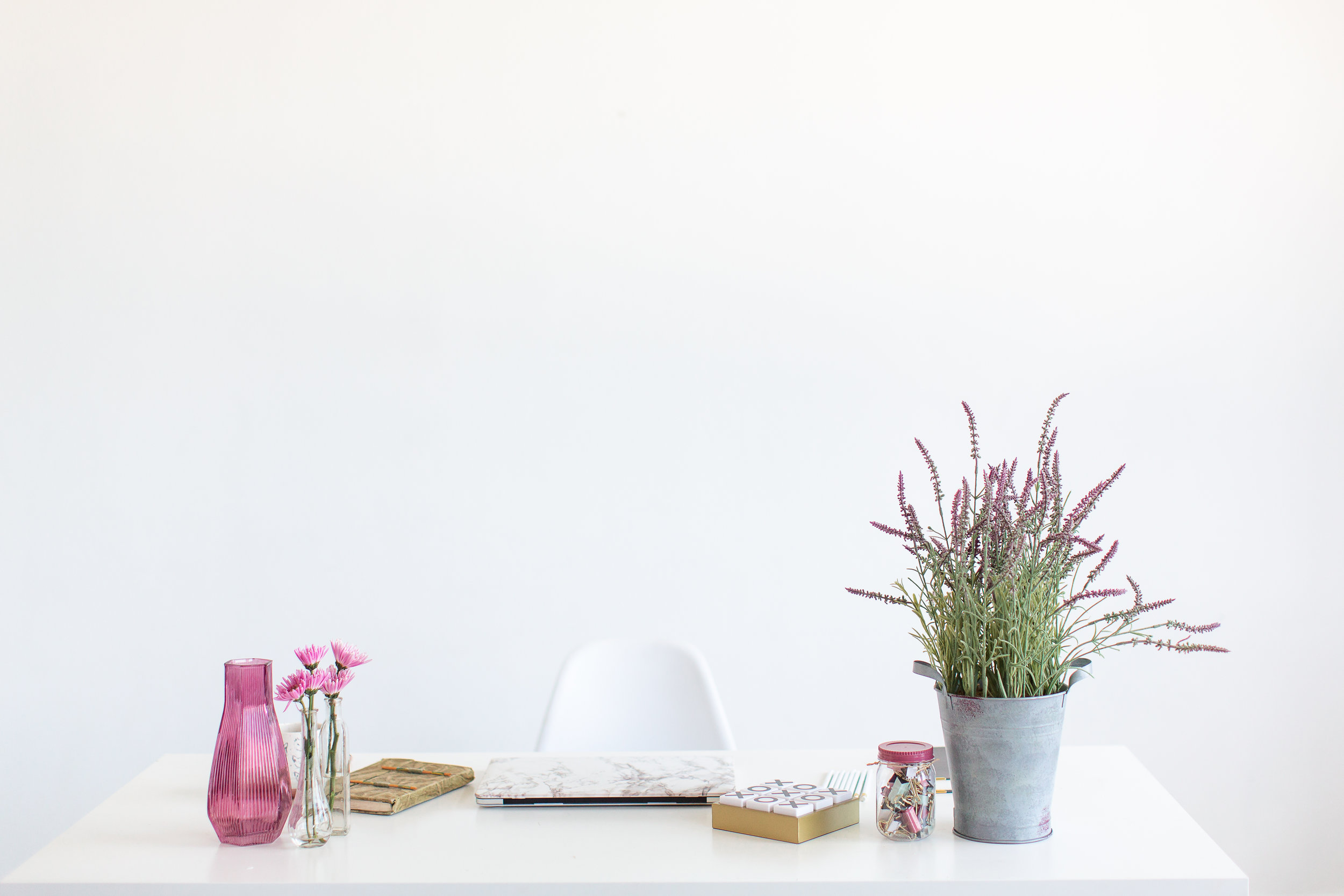
Comments